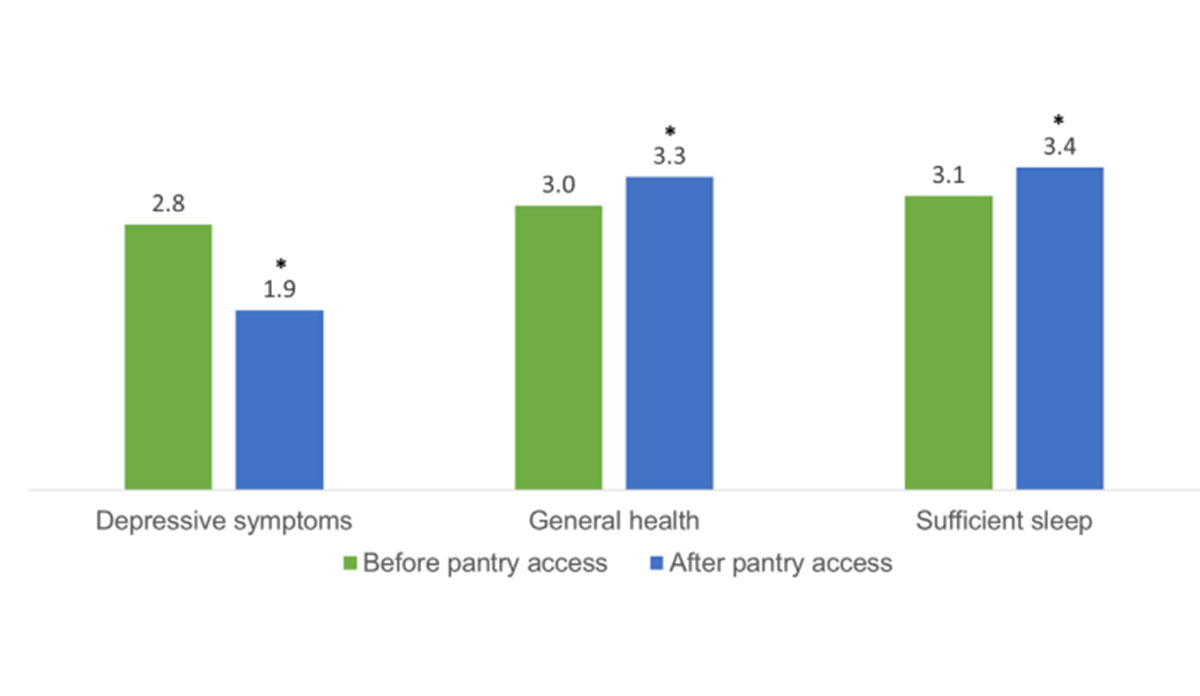Midnight study sessions, attending sporting events, studying abroad, living in dorms. These are common experiences for American college students. Another facet of college life shared by nearly half of all students is food insecurity.
Forty-four percent of students experience food insecurity, which means that their access to food is uncertain or limited. This is four times higher than the general population. For this reason, colleges and universities across the country are looking to increase food access for their students. A common strategy is the implementation of meal share programs, which allow students with extra cafeteria meals to donate to students who need more meals. Another strategy involves helping eligible students apply for SNAP benefits (formerly known as food stamps) to buy food at grocery stores and supplement their diet.
About 700 universities and colleges also have a food pantry for students, but this is only 25% of all higher education campuses in the U.S. Susana Martinez and her team evaluated the degree to which access to an on-campus food pantry is associated with better student sleep, mental and physical health.
The researchers surveyed 1,855 University of California students across 10 campuses, before and after they used the food pantry. As shown in the graph, they found that food pantries were linked to better health. Students reported decreased depressive symptoms and better sleep after accessing the food pantry.
Sustainable state and federal funding to support food pantries in university campuses may result in better student health through alleviation of food insecurity. Studentsagainsthunger.org provides a toolkit on how student governments can help establish and run an on-campus food pantry.
Databyte via Suzanna M. Martinez, MS, PhD, Gwen M. Chodur, MSPH, RDN, Erin E. Esaryk, MPH, Sevan Kaladijian, MA, Lorrene D. Ritchie, PhD, RD, Michael Grandner, PhD, MTR, Campus Food Pantry Use Is Linked to Better Health Among Public University Students, Journal of Nutrition Education and Behavior, 2022.
This is the second post in a three-part series this month about how food banks and food pantries contribute to food security. Read part one here.











